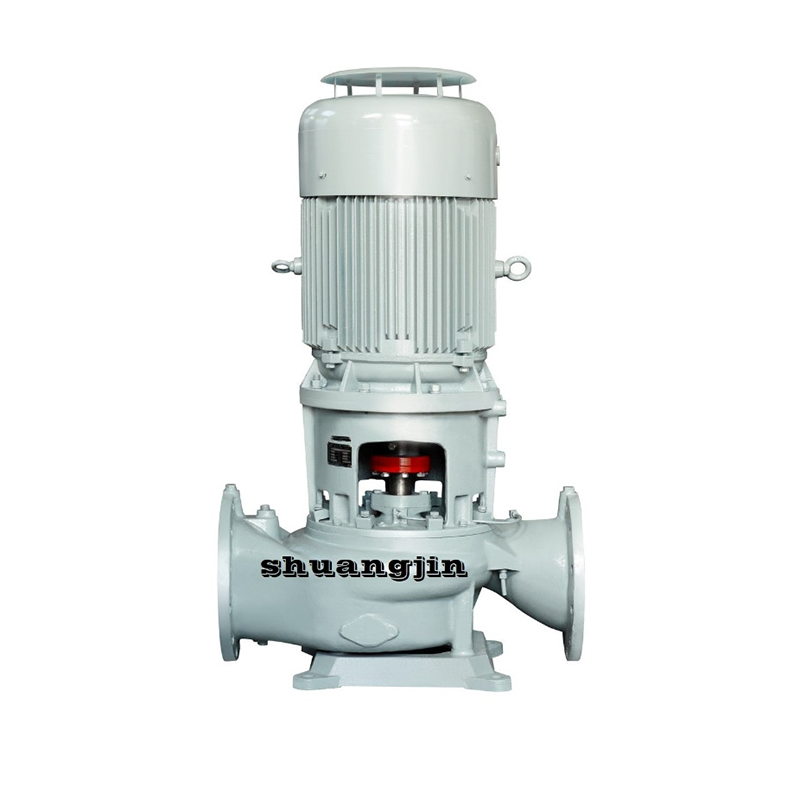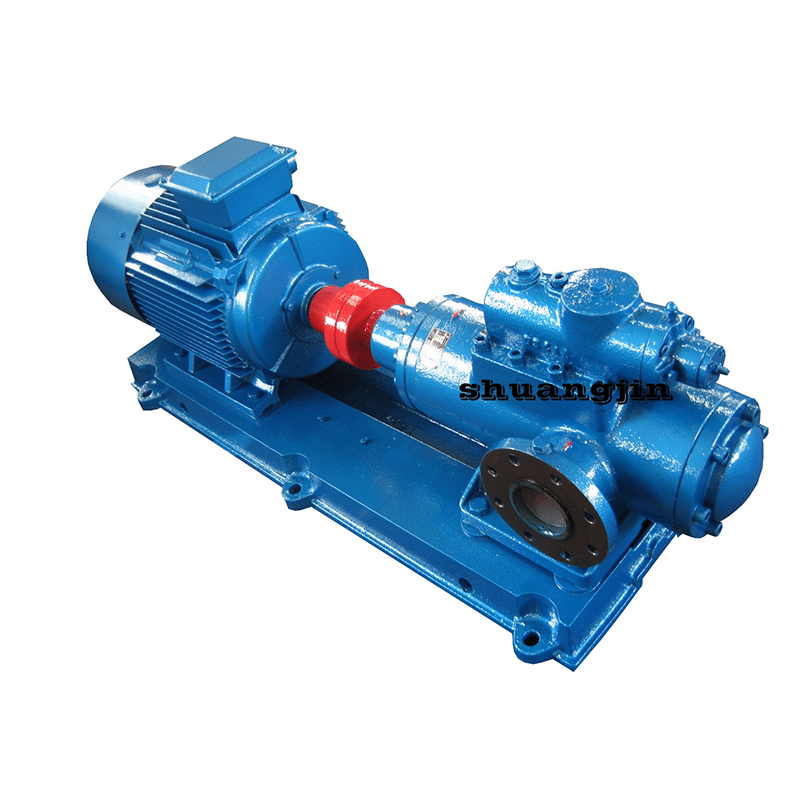Over the ages, a lot of human activity has been concerned about getting water from where we find it to where we want it. If you want to move water to a lower elevation, there’s no problem. But if you want to move water up, you need a pump. The ancients used what we call Archimedes’ screw to raise water. But a Wirtz pump as [Steve Mould] shows in the video below, is another kind of spiral pump that is also very old and uses the same basic principle as the screw pump.
In a way, the Wirtz is just an Archimedes’ screw in cross-section. Part of what makes it work, however, is air-locking. [Steve] made a small model but found it didn’t work exactly as he expected. Of course, investigating that led to some interesting observations. Wral Pump

To solve the problem, a field trip to see a huge working Wirtz pump was in order. As it turns out, the size of the water channel is a balance. It can’t be too small or too large. Surface tension plays a part, as does the transport of trapped air through the system.
[Steve] learned some lessons and made another pump that — while not as stylish — worked much better. We couldn’t help but think this would be easy to put together post-apocalypse, so probably a good thing to have in your bag of tricks.
If you have electricity and motors, of course, it is easy. You can even 3D print a centrifugal pump.
Wirtz pump, that’s a new concept for me! Interesting video. Self powered irrigation (as shown in the video) is something that needs to be used in 3rd world countries.
To me too! As were the ram pump few years ago
https://wiki.lowtechlab.org/wiki/Bélier_hydraulique/en
Along with rethinking the economic and climate changing impact of human reproductive rates https://www.scientificamerican.com/article/population-decline-will-change-the-world-for-the-better/ https://populationconnection.org/blog/celebrities-speak-out-on-population-our-favorite-moments/ https://www.populationbalance.org/ https://www.growthbusters.org/population-growth/ , such irrigation systems need to be combined with pipeline projects for water transfers from the Great Lakes and coastal areas of the US to many of the increasingly arid western states. The penalty for continued pursuing of a billion more humans per decade since the early 1960s and not implementing these mass transregional water transfers, will among other things, cause continual mass migrations and consequent increased hardships and infighting for the most basic human necessities.
OR, choose to think and act in denial, act on the words of Time Mag’s Man of the Year and hope for the best without an undo button. https://finance.yahoo.com/news/elon-musk-warns-population-crisis-175727396.html
How ’bout we all just agree to subscribe to Steve Mould, Mark Rober and Integza then we can save you posting an article every single time any of them publishes a video?
How about https://aqysta.com/ . It is sort of a Wirtz pump but powered by a flowing stream. It has already been field tested and is in use in a lot of places. I’ve seen it in action. It works on small scales and large scales and has quite a pump pressure, so it can pump the water quite high.
It came out of a student startup at Yes!Delft from the TU Delft, Netherlands.
ps. first post, looooooongtime lurker.
Seeing this stuff just makes me want property with a year round creek or small river flowing through it.
I used to live in north Carolina in the mountains and you would often see property with springs on them, and some even had enough flow and head to be used as a generator as well. If you owned property up against a mountain or just owned the mountain outright (not uncommmon) you often had access to a spring or spring(s) and often at higher elevation then your home.
No you don’t. The federal government owns all ‘navigable’ waterways. They’ve redefined ‘navigable’ (more than once), prey they don’t redefine it further. Also prey for Santa to bring you a pony.
What you want to own is a ‘ditch’ that runs most of most years. I take pictures of mine whenever it runs dry. I can do all sorts of things I couldn’t do with a ‘creek’. You need stacks of permits to take as much as a wheelbarrow of gravel from a navigable waterway.
I want a garden like that!
I seem to recall HaD doing a story on a much larger version of a Wirtz pump several years ago that someone had in a stream and they were, IIRC, using one of the large “spools” for electric wire in a river/creek but I can’t find the article. I think it pumped water almost 50 ft, and they may have been using it to then power a turbine generator or something. That last bit is a little cloudy as it may have just been a commenter. Either way good stuff.
I observe; 1) That the volume of water makes a difference to the force required to turn the pump. 2) any more volume of water than needed to flow in each turn is waisted in back flows. 3) the volume of the middle ‘lump’ of water should not be ‘too’ much more than just over 2 times the amount that flows in each turn. 4) the volume of water in each ‘lump’ should not be too much more than equal to the next inner ‘lump’. 5) Therefore, for better efficency, the wideness of the chamber should narrow taporing as it reaches the out side obits to facilitate the lump sizes as noted above. 6) So then a pattle wheel can be placed around the rim, and a stream can operate the pump.
An alternative to limit back-spill is to have a bunch of windings around the outside and then dart to the center quickly. They all have similar volume, so there’s plenty of room. That’s easy with small hoses/tubes.
Otherwise I saw an old claim that the spacing of windings for a uniform pipe should be what’s produced by wrapping them around a rotated logarithm, or failing that a truncated cone. But yes, what it sounds like is that as you wrap from the outside in, it works out if you put more and more space between the wraps in order to increase the volume per revolution to compensate for the volume lost at the smaller radius. I don’t know if it was expected that the cone or curve be truncated at a minimal width or if it was expected to be flattened into a cross section rather than actually wound around the curve. But the point was that the volume for the water was constant and the air was compressed successively to less than that so you needed to track that sort of progression. https://lurkertech.com/water/pump/tailer/
Interesting; I figured out how to drain my reel-mounted garden hose for the winter by rotating the reel in the proper direction until water stopped coming out the end, never realizing I was onto a way to lift water.
Looks like I could improvise this in the field by just dropping a hose-and-reel into a pond and cranking away.
Regarding one post’s statement: … such irrigation systems “need” to be combined with pipeline projects for water transfers from the “Great Lakes” … . (Quote marks supplied) The “Great Lakes” exist in states (and Provinces) where Riparian water laws govern the use of water. In general, Riparian water rules call for water to be used in lands within the watershed of the body of or flowing course of the extracted water. The watershed notion is important since Riparian water rules contemplate the return of extracted water after use to the course or body of water subject to extraction. The “need” for water transfers from the Great Lakes (and away from those who presently use those waters) may be based on assumptions, relative priorities, costs, consequences and social factors that could bear further consideration. One, perhaps outlying, factor could be represented by the current use (estimated to be 17%) of Western US waters to grow crops intended to feed livestock; some of which are in the Middle East.
Just searched for a 3d printable modell for a writz pump on a 400x400mm printer but found none. Altough its obviously not particuallarly suited for 3d printing, it would be nice to try out different design with different inclanations/ tube diameters to see what works best.
Im also looking for a 3D printed version. It may also be possible with a clever model to improve or adapt the surface tension etc.
Please be kind and respectful to help make the comments section excellent. (Comment Policy)
This site uses Akismet to reduce spam. Learn how your comment data is processed.

Air Conditioning For Heating By using our website and services, you expressly agree to the placement of our performance, functionality and advertising cookies. Learn more